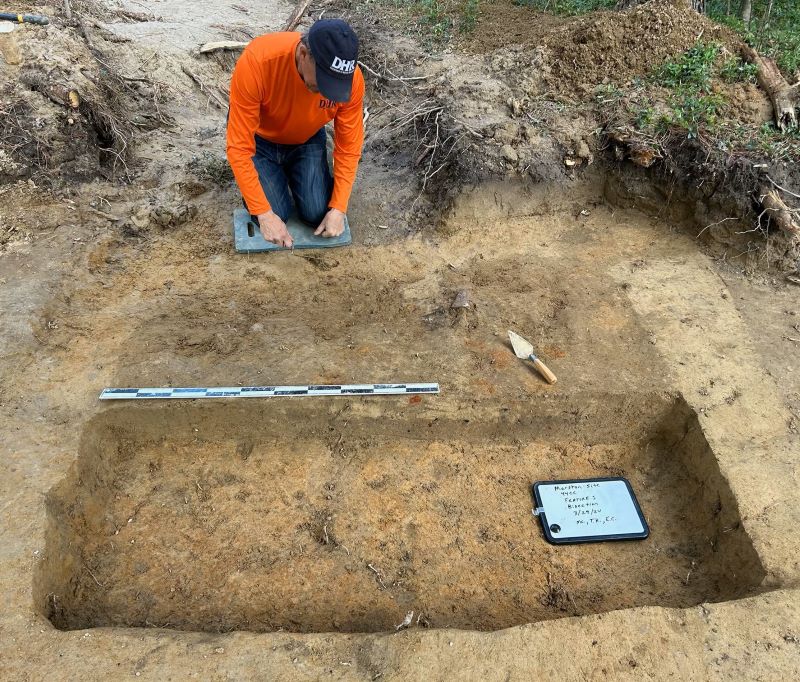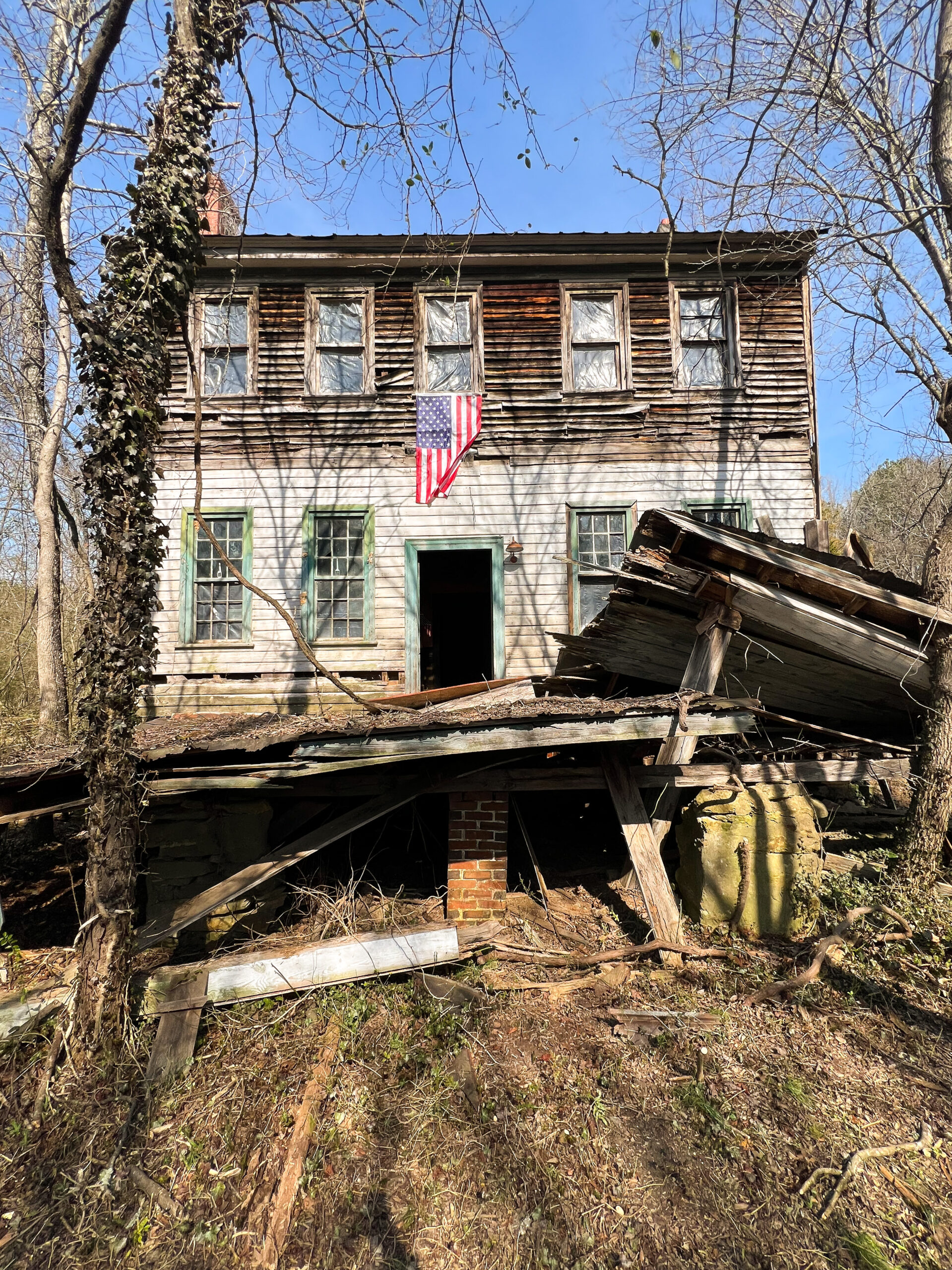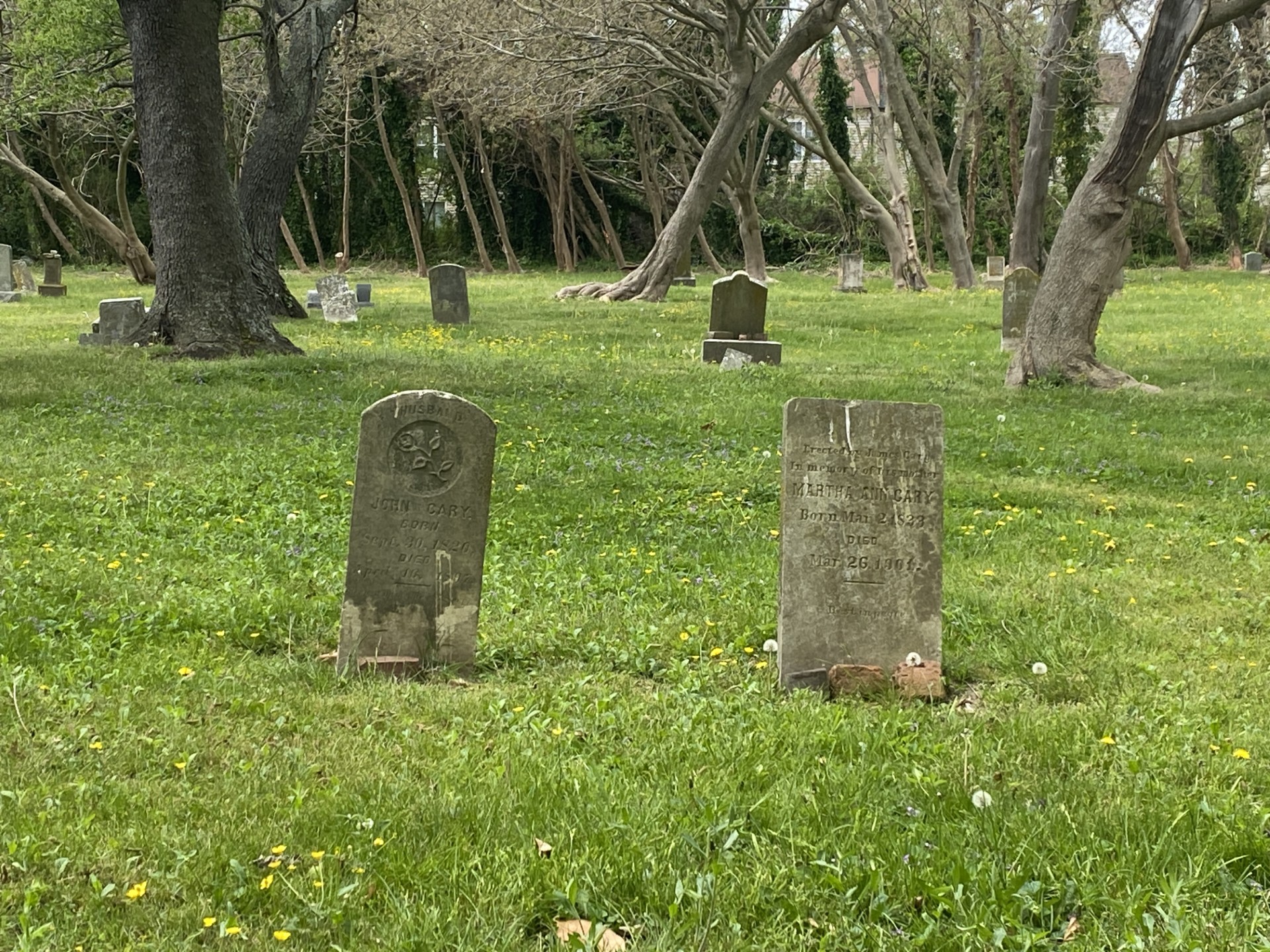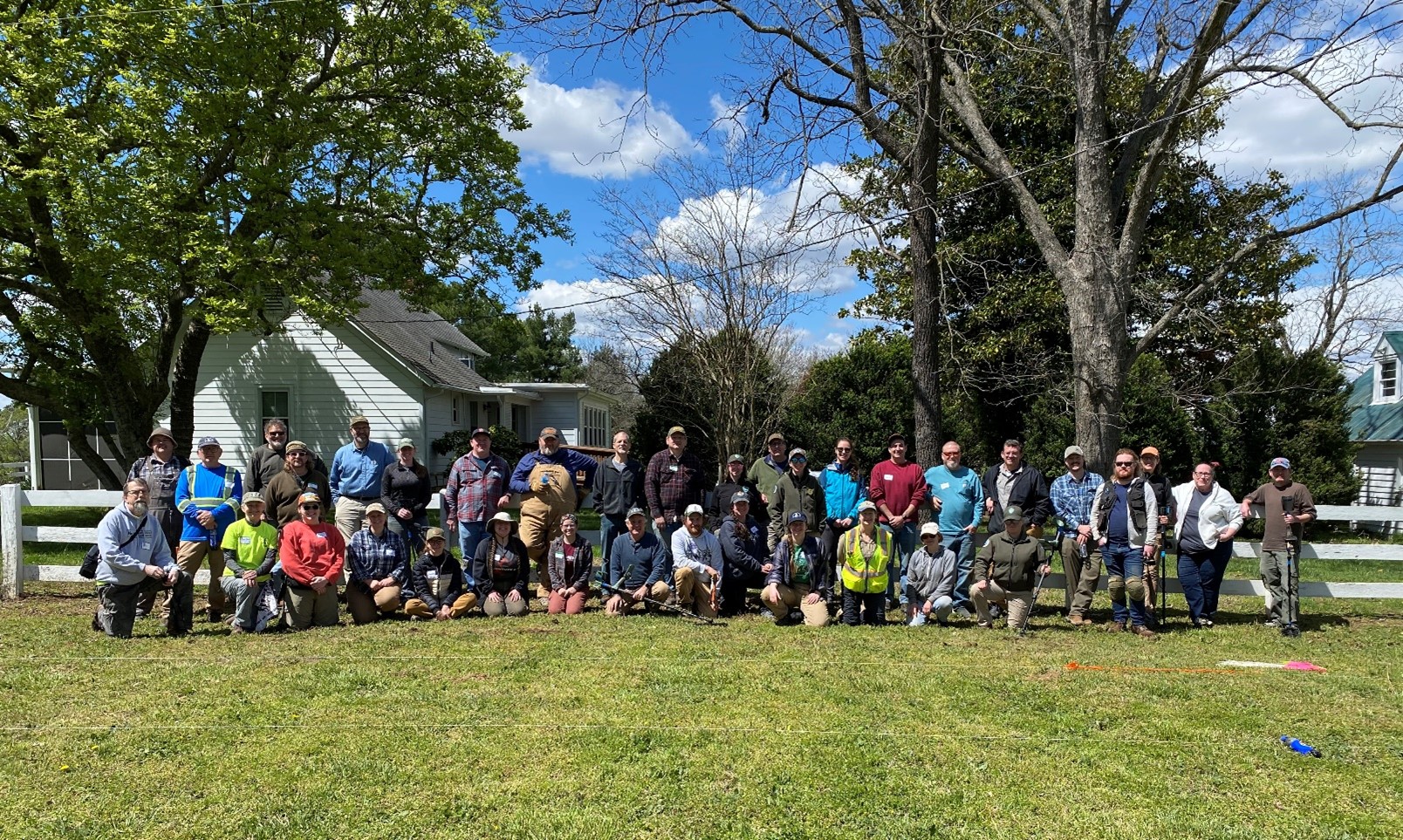Dining with the Dead
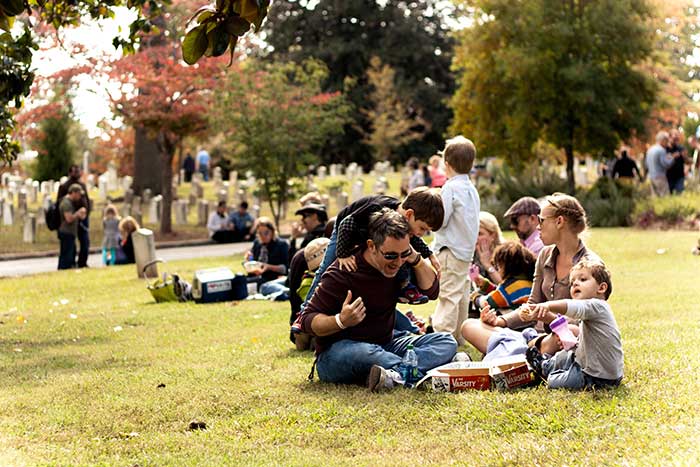
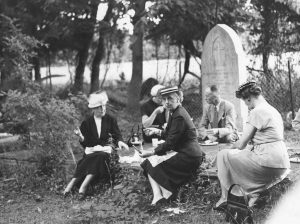
Modern Americans can be very fussy about who they eat their meals with and they tend to be pretty conservative about what goes on in their cemeteries.
This has not always been the case.
The history of Americans dining with the dead is intertwined with the history of public parks in the U.S. and, of course, various religious practices in our diverse land. For those interested in cemeteries, none of this may be news. But for the uninitiated, here is context for why people share meals with the dead.
Many cultures dine with the dead as a way of honoring them—and sometimes to ask ancestors for favors, luck, or guidance. Food is a way of connecting with the dead.
Hindus have a day of remembrance where they express sincere gratitude to passed family members by visiting graves and creating special food. This is similar to the tradition of Radonitsa practiced by Eastern European Orthodox Christians, where one holds a graveside feast to remember those who have departed.
More familiar to Americans are traditional Day of the Dead festivities in Mexico. Food is offered to the dead and eaten by the living. Visiting their dead ancestors also provides an opportunity for families to clean and decorate the abode of those who are gone. In China, they celebrate Qingming or “Tomb Sweeping Day,” an occasion to show respect to ancestors by cleaning graves and offering special food.
In the Unites States, starting in the early to mid-1800s, cemeteries transitioned into more park-like memorial gardens (see Richmond's Hollywood Cemetery). There were few public parks then available in urban areas for recreation.
We are so used to public parks today, it is hard to remember a time before they existed. The landscaped and manicured grounds of a memorial park proved to be a great place for a picnic. There are numerous early photographs of cemetery picnics at Historic St. Luke’s here in Virginia in Isle of Wight County as well as the photograph above taken in the mid-20th century.
After the Civil War, a tradition called Decoration Day arose. Not annually set on the calendar, Decoration Day tended to be localized by a town or city to a preferred day of a season and month. On this day, community members would visit their local graveyard and decorate the tombstones with flowers. They would spread a large meal on a blanket or even a tabletop memorial and eat while lounging among the cemetery stones. This is sometimes called “dinner on grounds” and eventually picnic tables were built for people to use.
In our pandemic infused world, the idea of picnicking with the dead is worthy of revisiting. COVID-19 has actually made this a great time to renew this outdoor activity. Attractively landscaped cemeteries can provide a welcome change and a lovely backdrop while allowing for social distancing. Before you go dine though, check and make sure that it is not a prohibited activity in your chosen cemetery. Also, clean up after yourself! There is nothing more disrespectful to our ancestors than a litterbug!
–Katherine Ridgway
DHR Conservator
Sources:
Remembering When Americans Picnicked in Cemeteries
Party Like It’s 1899: Are cemetery picnics making a comeback?
Picnic in a Cemetery: Food and festivities of Dias de Los Muertos
Decoration Day: The South honors its dead
Radonitsa (Day of Rejoicing): Traditions, date, and how to celebrate



